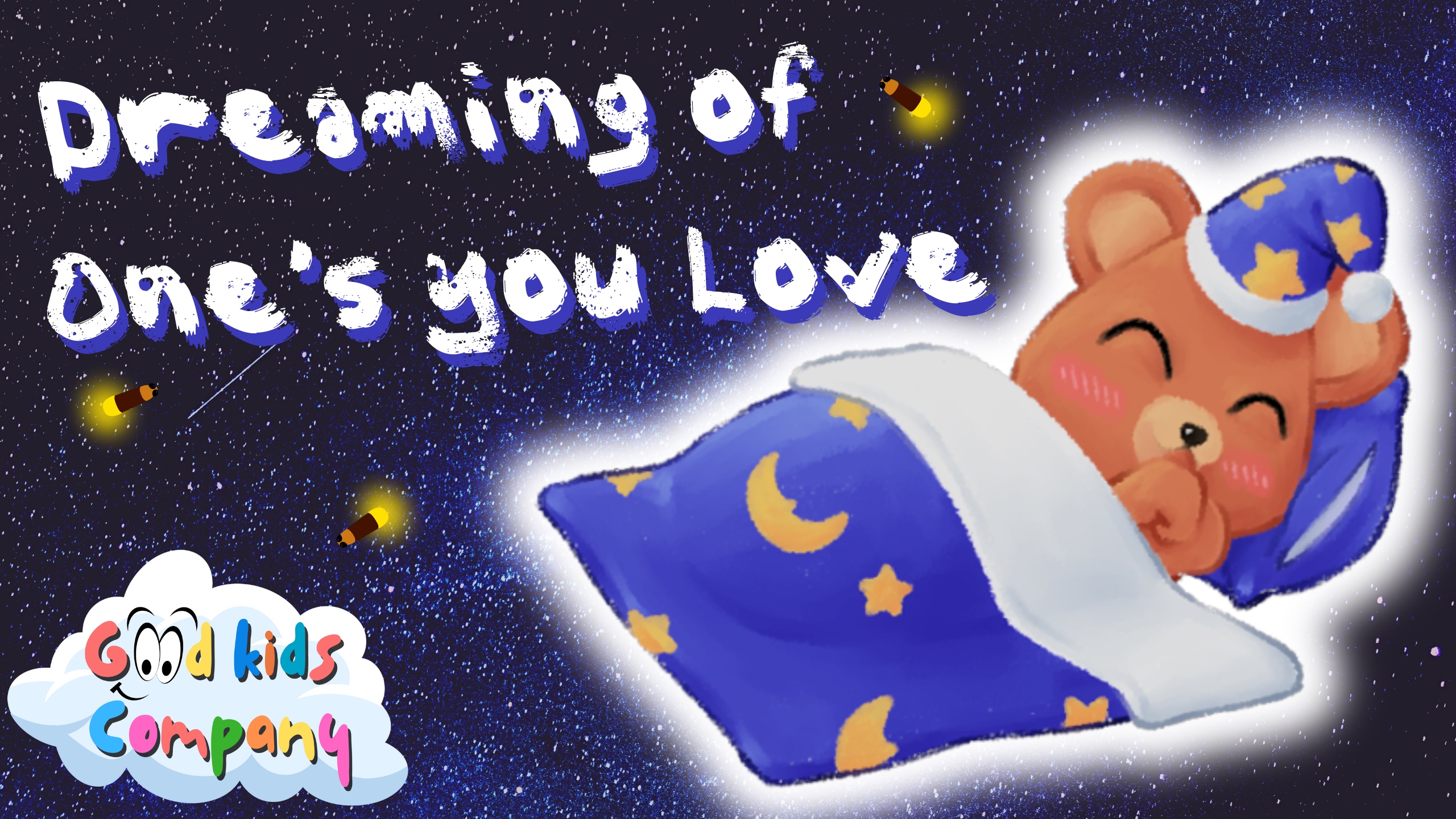Song About Shapes is a fun and educational video for toddlers, preschoolers, kindergarteners, that teaches them about the four basic shapes: circles, triangles, rectangles, and squares. The video features 3D animation that uses different objects to help kids learn about the different shapes around us. You can also find the teacher helping the students by using sign language to teach the words “shapes” and “song”.
🔊Listen to this song on Spotify
Learning About Shapes for Kids
Learning shapes is an essential foundation for early childhood learning. It helps children develop a variety of skills, including:
- Visual discrimination: The ability to identify and distinguish between different shapes.
- Spatial reasoning: The ability to understand and reason about the relationships between objects in space.
- Problem-solving: The ability to apply their knowledge of shapes to solve problems.
- Vocabulary: Learning the names of shapes and their properties expands children’s vocabulary.
- Fine motor skills: Manipulating shape blocks, puzzles, and other materials helps children develop their fine motor skills.
Way to Help Teach Kids About Shapes
There are many ways to help your preschooler learn shapes. Here are a few tips:
- Talk about shapes in your everyday life. When you see shapes around you, point them out to your child and name them. For example, “Look at the square window!” or “That stop sign is a triangle.”
- Play shape games. There are many fun and educational shape games available. You can also make up your own games, such as hiding shape objects around the house or playing shape bingo.
- Use shape manipulatives. Shape manipulatives, such as blocks, puzzles, and sorting toys, can help children learn shapes in a hands-on way.
- Read books about shapes. There are many great children’s books about shapes. Reading these books together is a fun and educational way to help your child learn about shapes.
Common mistakes to avoid when teaching shapes?
Here are a few common mistakes to avoid when teaching shapes:
- Don’t focus too much on rote memorization. Children should learn to identify and understand shapes, not just memorize their names.
- Don’t make learning shapes too abstract. Children learn best by doing. Provide them with opportunities to explore and manipulate shapes hands-on.
- Don’t compare your child to other children. Every child learns at their own pace. Don’t worry if your child doesn’t learn all of the shapes at once.
As a note, parents, teachers, and family members, always remember to engage with your child physically, and audibly. This will help your child to follow along with three of their senses – hearing, feeling, and seeing.
Follow Us on Social Media!
YouTube ► https://youtube.com/@GoodKidsCompany
Instagram ► https://www.instagram.com/GoodKidsCompany
TikTok ► https://www.tiktok.com/@goodkidscompany
Facebook ► https://www.facebook.com/GoodKidsCompanyOfficial
Twitter ► https://www.twitter.com/GoodKidsCompany
🎵 Choose a Playlist!
Educational Music Playlist
Calming Music Playlist
Soothing Piano Playlist
Educational Shorts Playlist
Learn About Us:
http://goodkidscompany.com/about-good-kids-company/









